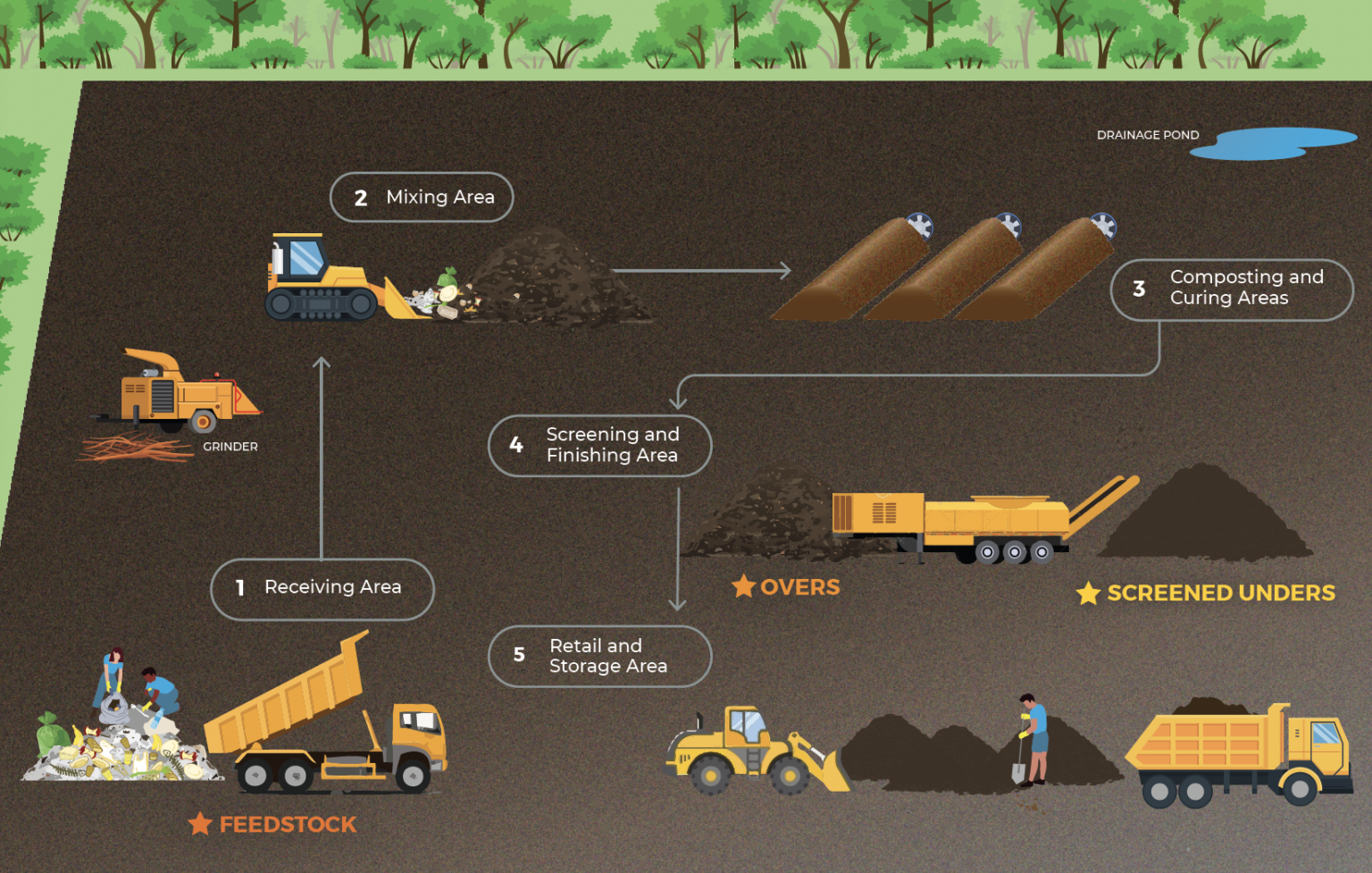Contamination is a systemic issue, and one of the greatest challenges that composters face. More data is needed to understand how much contamination exists in feedstock and finished compost.
To support the industry in addressing contamination at scale, the Consortium conducted an in-field study with 10 U.S. compost manufacturers to measure and characterize contamination across different points of the composters’ processes––and analyzed the financial cost to composters to handle contamination. The study examines five commonly held assumptions about contamination and compostable packaging, and breaks down in-field realities in a data-backed and easy-to-follow format.
How Did We Measure Contamination?
Our field team conducted sampling at three points in the composting process––examining food-waste feedstock, overs and unders––to assess contamination rates throughout composting operation.



.svg)


